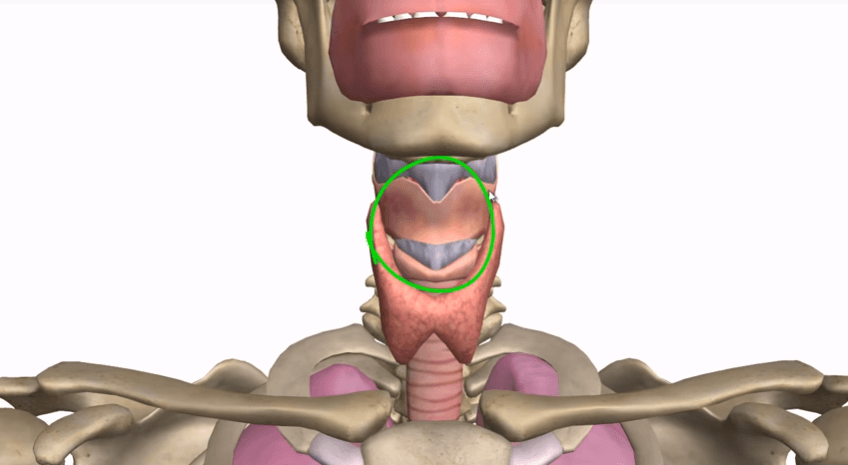What is laryngeal trauma?
It is injury to the larynx, which contains the vocal cords, the blunt trauma (more common) type occurs more frequently in adults than children.
Types of Laryngeal trauma
I. Mechanical:
- Sharp (penetrating): stab, gunshot, cut throat.
- Blunt: blow, strangulation, motor car accident.
- Inhaled F.B
- Surgical: rough endoscopy, high tracheostomy.
- Intubation injury: rough intubation, prolonged intubation.
II. Chemical: Corrosive ingestion (potash), and Inhaled irritant gases.
III. Physical: Irradiation injury.
Symptoms of Laryngeal trauma:
- History of trauma
- Dyspnea (Difficulty breathing, speaking or making sounds) & stridor (Noisy breathing)
- Hoarseness of voice
- Severe local pain
- Dysphagia (pain on swallowing or coughing)
- Hemoptysis (Coughing blood)
- External neck swelling
- Hemorrhage, shock (hypovolaemic or neurogenic)
Signs (Doctor examination):
1. External:
Inspection:
- Swelling due to oedema, haematoma, surgical emphysema
- Deformity as depressed cartilage
- External wound
Palpation:
- Localized tenderness & crepitus
- Surgical emphysema
- Deformity
2. By flexible or direct laryngoscopy:
- Mucosa: laceration
- Submucosa: oedema or haematoma
- Vocal Fold: paralysis or avulsion
- Cartilage: displaced
- Joints: dislocated
- Arytenoids: intubation granuloma

